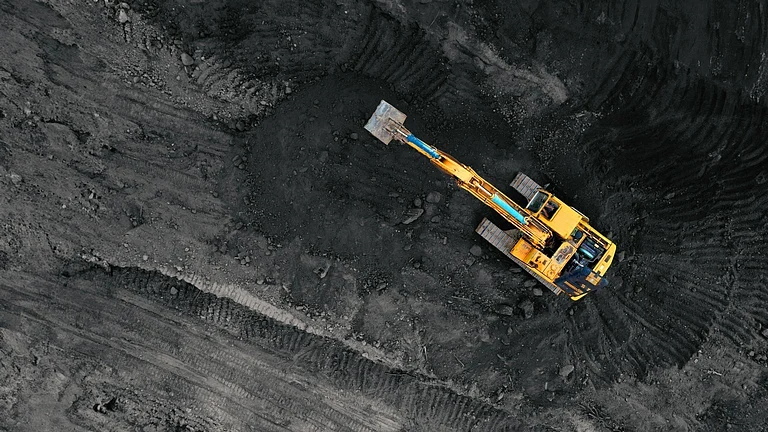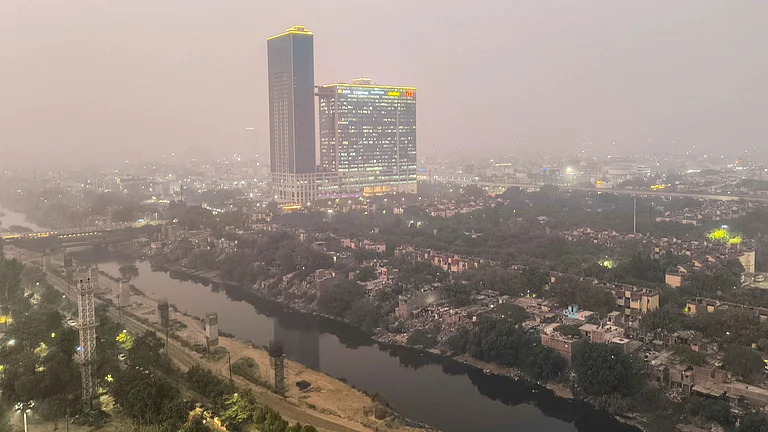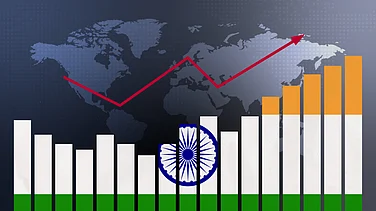India’s skyline is under a dramatic metamorphosis. A symphony of glass and steel is replacing the once-familiar contours of its cities. It’s a transformation as rapid as it is breathtaking. From the bustling metros to the emerging Tier II towns, the allure of modern architecture is undeniable. These structures are more than just aesthetically pleasing. They are instrumental in shaping the nation's economic trajectory and serve as catalysts for investment, employment generation, and technological advancement.
As the nation strives to become one of the primary economic forces in the world, modern Indian architecture is starting to represent continuous advancement, creativity, and aspiration. Buildings that are sustainable, practical, and modern are already in high demand.
According to a recent news report, the Indian economy expanded 8.2 percent in 2023–24 against a 7 percent growth in 2022–23. This is consistent with the nation's urbanisation and rising middle-class population.
However, this quick expansion brings with it a unique set of barriers. Energy use, resource depletion, and environmental issues are pressing challenges. Modern architecture needs to prioritise a unique amalgamation between technology and sustainability over appearance.
Urban environments are changing with features like rainwater harvesting, green roofs, and energy-efficient heating and cooling systems and lighting.
As an essential part of efficient and sustainable architecture, these vertical lifelines are rapidly evolving in accordance with the larger goals of energy efficiency and environmental responsibility.
The Evolution of Technology in Modern Elevators
Contemporary elevators are outfitted with an array of energy-efficient features. Today, brands operating in the industry are reinventing their approach towards manufacturing elevators to suit modern-day needs. One notable change is in the use of high-quality carbon-fibre ropes, which have now replaced heavy steel ropes. While improving the performance of elevators, the carbon-fibre ropes also remove the shortcomings of steel ropes that demand high energy consumption and rope stretch, massive moving mass, and a lengthy downtime caused by building sway. In contrast to steel, it does not rust, stretch, or wear. On the other hand, it doesn't require lubrication, which makes it environmentally friendly in terms of maintenance. In the field of construction sway, the carbon-fibre ropes have emerged as a game-changer that can potentially allow future elevator travel heights of up to 1,000 metres.
With carbon-fibre ropes at the forefront, elevator manufacturers are setting a new standard for high-rise structures, offering unbeatable environmental efficiency, reliability, and durability.
Buildings are currently being recognised and accredited for their sustainable practices through programmes like LEED, GRIHA, or IGBC. An essential metric that evaluates organisations to obtain these qualifications are elevators. With the aim of energy conservation, these certifications evaluate the efforts of an organisation when it comes to harnessing the potential of technology. Organisations are leveraging gearless permanent magnet motor technology that is not only quiet but also energy efficient. It has the latest, innovative copper winding that helps in cutting down on how much energy is lost in the form of heat. The controller for the motor and brakes offers an easy and peaceful ride, and the less bulky design saves space.
A significant emphasis is also now being placed on elevator design that enhances a building's overall aesthetics. Elevator installations can have a more appealing appearance when they blend ecological materials with sleek design and edgy features. Some of the brands operating in the industry are focussing on the use of cutting-edge destination control systems with the most advanced capacitive touchscreen that helps augment the handling capacity of elevators, increase passenger comfort, and reduce waiting durations.
Additionally, this technology is being deployed to improve security by integrating with the access control system of the building. To make things even more convenient, tenants of the building can call elevators using their smartphones using dedicated smartphone apps.
Previously regarded as utilitarian architectural elements, elevators are becoming essential components of sustainable construction. Elevators can dramatically lessen a building's environmental effects by integrating energy-efficient technologies and intelligent control systems. Additionally, group control systems, for instance, manage several elevators at once, cutting down on energy use. In addition, LED lighting, which uses less energy than traditional lighting, is also used in the lobby spaces and elevator cars.
Sustainable and high-performing elevators will become increasingly in demand as India's urban landscape changes. AI, machine learning, and IoT are being used to develop even smarter, more energy-efficient, and more sustainable elevators. Predictive maintenance systems are delegated to improve elevator operation efficiency, minimise the time the equipment is out of order, and increase the service life of the equipment.
The elevator industry is transforming with the advent of technological innovations to develop more sustainable built environments and shape the future of green buildings. Elevator manufacturers must collaborate with building designers and consultants to guarantee that the elevator solutions they create align with the certifications' requirements.
(Amit Gossain is Managing Director at KONE India.)

























